Humble Beginnings
Selkirk has a woman at a Methodist Church conference in 1877 to thank for bringing Methodism to town. While we don’t know her name, she encouraged the raising of $1000 for the establishment of a church in Selkirk and motivated the spread of Methodism across Canada. The response was immediate and a building on Morris Avenue was dedicated the same year. The dedication took place before the building was complete with Rev. J. F. German and Rev. A. Matheson, the presbyterian minister leading the first service.
During the next ten years the church experienced ebbs and flows of interest. By 1887, the congregation had shrunk, and the church building was sold to Father Allard from the Notre Dame Roman Catholic Church. Despite the scattered congregation several reverends, such as Rev. William S. Armstrong Crux, Rev. Hammond James Kinley, Rev. Sylvester Hastings, and others continued the churchwork. In the following few years the Selkirk Methodist Mission Circuit soon became known as the Selkirk Wesley Methodist Church.
By 1895, interest in the church had grown again. When Rev. J. W. Dickinson came to minister to the church in 1895, plans to build to build a new church structure were set in motion. Church members and friends in the town donated money for the new building. A year later, Mr. R. Moncreiff accepted the contract to build the church. Mr. Dickinson drew the plans, and the church was built on the current site at 202 McLean Avenue. Captain William Robinson donated an organ, and Mr. E. Brown the pulpit chair.
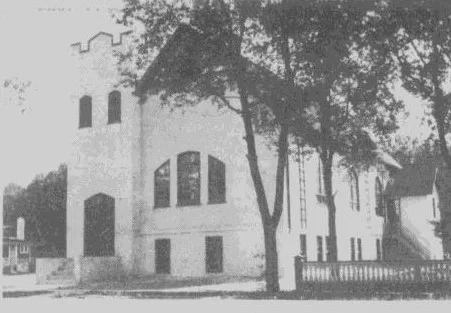
An Appealing Perspective
During the Frontier Era, Selkirk was a ‘travel through town,’ populated primarily with men on their way to work in the west or up north. These men had occupations on steamboats and railroads, or as lumber jacks, fishermen, and carpenters. Selkirk was a rough and raucous place with many of its inhabitants enjoying common vices, such as alcohol. The Anglican priest at St. Peter’s Dynevor described the “immorality” which had gripped the people living in Selkirk. This setting became foundational for the work of the church.
Methodism gained traction in Selkirk particularly because its followers adopted a hands-on activist approach and had a curiosity into the cause of societal ‘ills,’ such as poverty and violence. Combatting the causes of these social issues was at the crux of Methodist values, which ultimately led to conversions from other denominations, a rise in Protestant churches, and the town adopting prohibition.
Reverend Chancellor Teeter was one minister who was pivotal in influencing the opinion of the community. He did so through various forms of media. From 1912-1942 he gave popular sermons and offered commentaries on a variety of social issues. In the 1930s he wrote a religious column for the Manitoba Free Press. His legacy continued through his daughter, Betha Teeter who ran the Sunday School for 47 years and led “morality” campaigns and welfare drives during the 1930s and 1940s.
Everyone United
The year 1925 brought about a big change for the little Methodist Church in Selkirk. The Congregational, Presbyterian, and Methodist churches merged under the United Church of Canada. Under this union the churches aimed to meet the same challenges, such as advocating for prohibition, facilitating international missions, and cultivating Sunday Schools. The United Church was inclusive, had a “great social consciousness,” and had included women in the ministry since 1936.
On the ground, the union meant that churches could share buildings and ministers with one another. However, not all churches joined the Union. In Selkirk, the Presbyterian Church decided to remain its own entity.
The union, while bringing a lot of good change, also brought division amongst families. For instance, Knox Presbyterian Church lost almost half its members and nearly closed due to reduced financial support. Many families and neighbours were at odds with one another over who had ‘crossed over’ to the United Church.
Following the World Wars people gravitated towards the United Church’s doctrine and numbers continued to climb until the mid 1960s. The growing belief that traditional church rituals did not guarantee salvation resonated with the people, as did the continued activism and inclusivity that the Church projected.
The union came with a name change for the church, from Selkirk Wesley Methodist Church to Selkirk United Church. It also came with a need for a larger building to accommodate a continuously growing congregation. For instance, Cloverdale United Church also joined the pastoral charge. The church was raised up, enlarged, and a basement was dug beneath it in 1929.
Percy Reid and Dorothy Teeter were the first couple to be married in the renovated church building.
A New Building
In 1958, the original church building underwent further remodelling and became the Christian Education Building. On March 30th 1958, the foundation stone was laid for the new church building. Rev. E. A. Parsons led the ceremony with assistance from other reverends in Selkirk. Mrs. Betha (Teeter) Moody was unanimously chosen by the Official Board to represent the congregation at the ceremony.
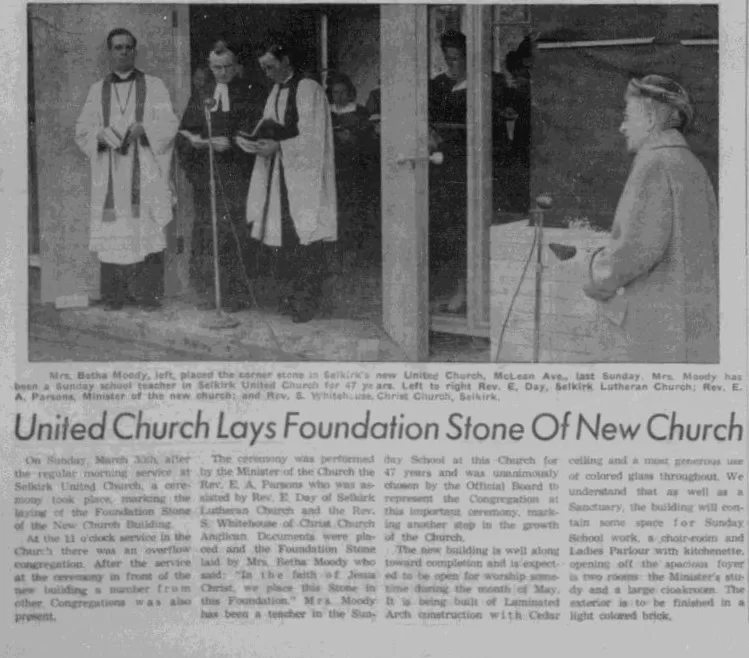
The building has a beautiful interior of stained-glass windows and cedar ceiling. The building included a sanctuary designed by the Winnipeg architectural firm of Prain and Ward, Sunday school space, choir room, parlour, foyer, minister’s study, and cloakroom.
The church flourished within the community. The Sunday schools of the United Church, Knox Presbyterian, Christ Church Anglican, and Selkirk Lutheran organized and financed the ‘Selkirk Combined Sunday Schools Picnic.’ The picnic occurred every summer and the entire town would attend. The event became so popular that the town proclaimed the day a civic holiday. The Sunday schools even hired a Canadian Pacific Railway Train to go to Winnipeg Beach for the day. Train excursions lasted until 1954 when most people began taking their cars.
Later Years
In honour of the Church’s centennial year, the 1958 building underwent renovations. Renovations were thorough, from “stem to gudgeon” which included new windows, painted walls, updated light fixtures, floors refinished, and exteriors stuccoed and bricked. The renovations were completed within three months. At the centennial ceremony the congregation held a pot-luck dinner, enjoyed music from the choir, and an old-time fashion show by the Lower Fort Garry Volunteers Association.
In 2011, the old church was torn down and was replaced by a large hall and kitchen.
Selkirk United Church experienced many ups and downs while establishing a strong congregation in town. However, after one hundred years, it remains one of the oldest and most active churches in Selkirk.
Selkirk United Church Collection

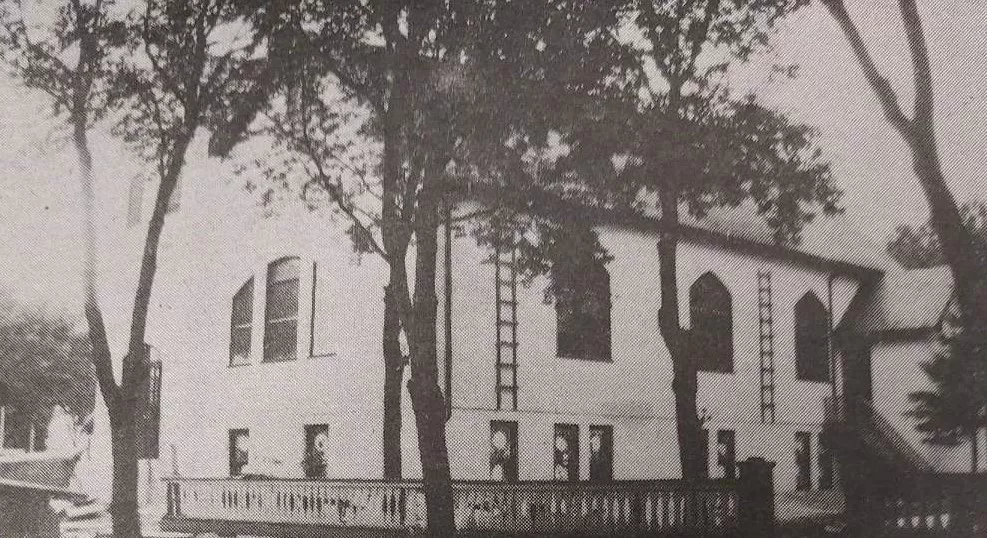

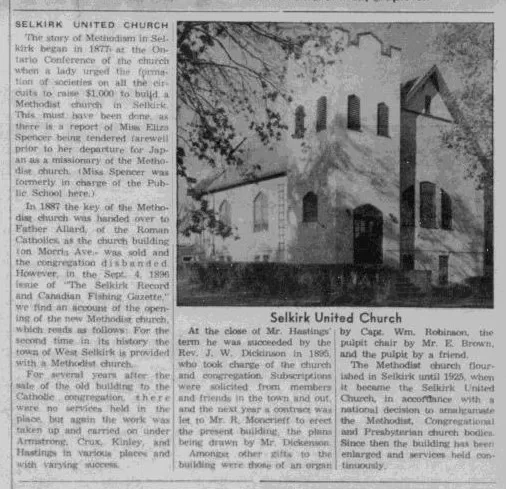
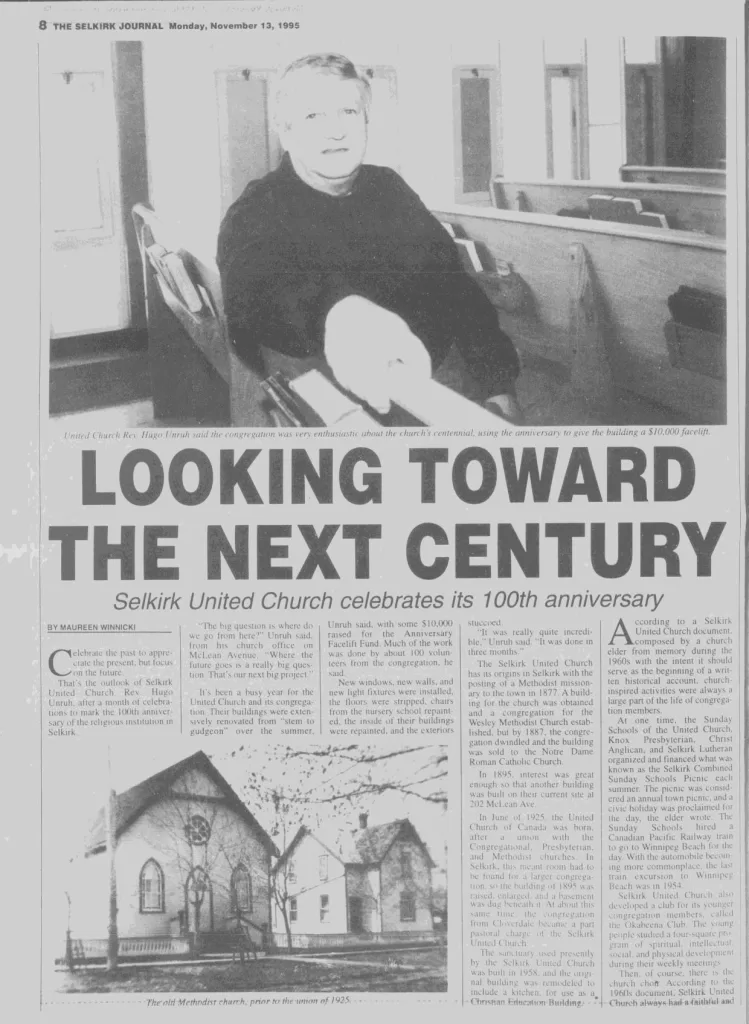
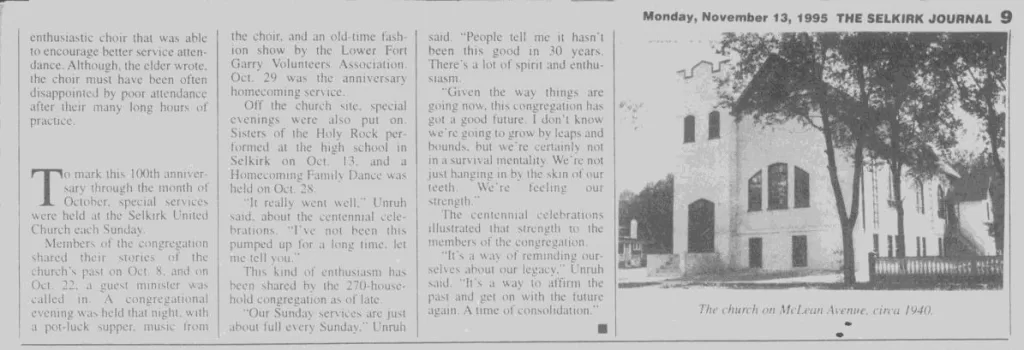

Sources
Manitoba Historical Society
Manitoba Archival Information Network (MAIN) – Selkirk Wesley Methodist Church
Selkirk Enterprise, 1957, 1958, 1995
Saints and Sinners Tour, Rob Sarginson
United and Presbyterian Churches of Manitoba – Neil Bingham Historic Resources Branch

